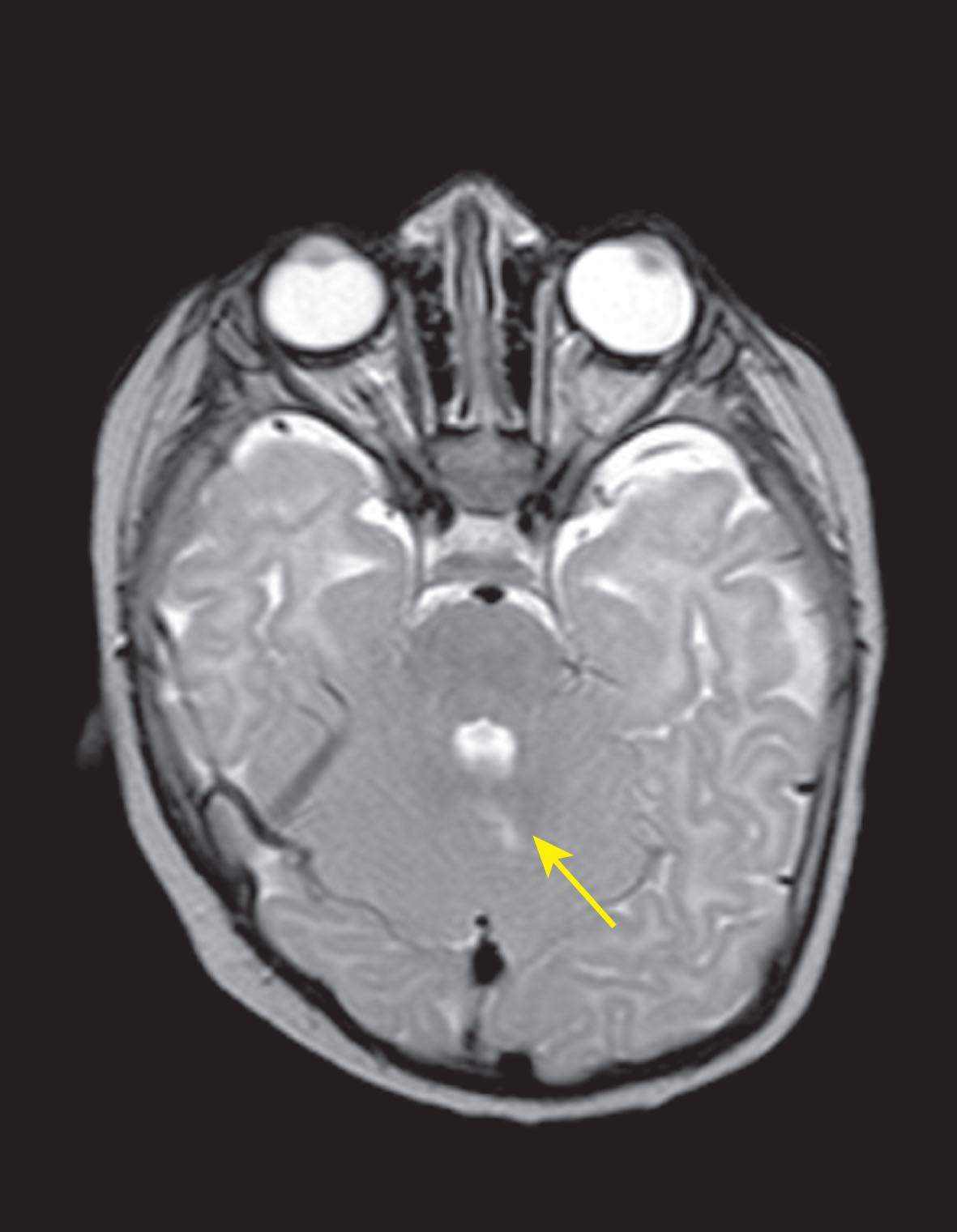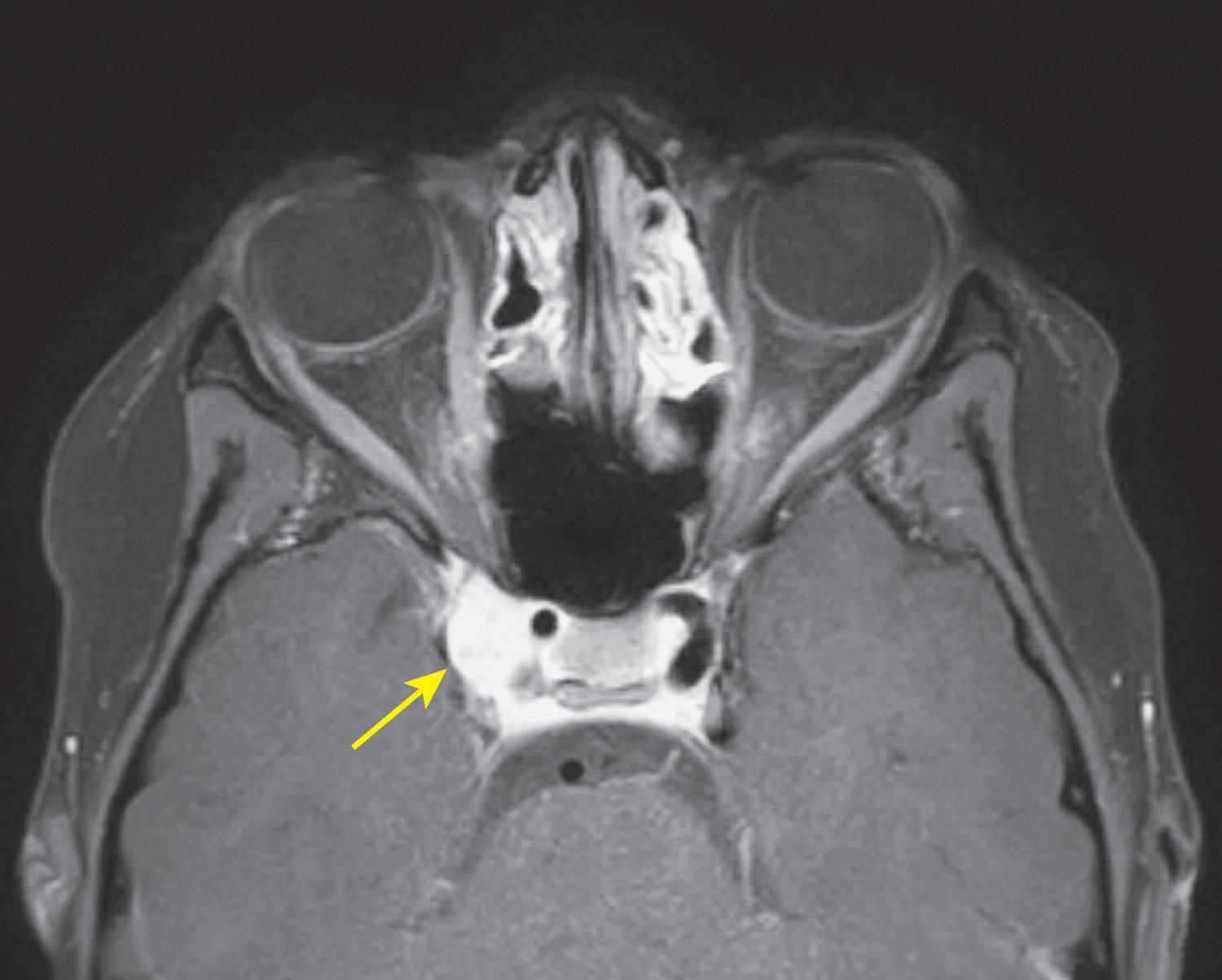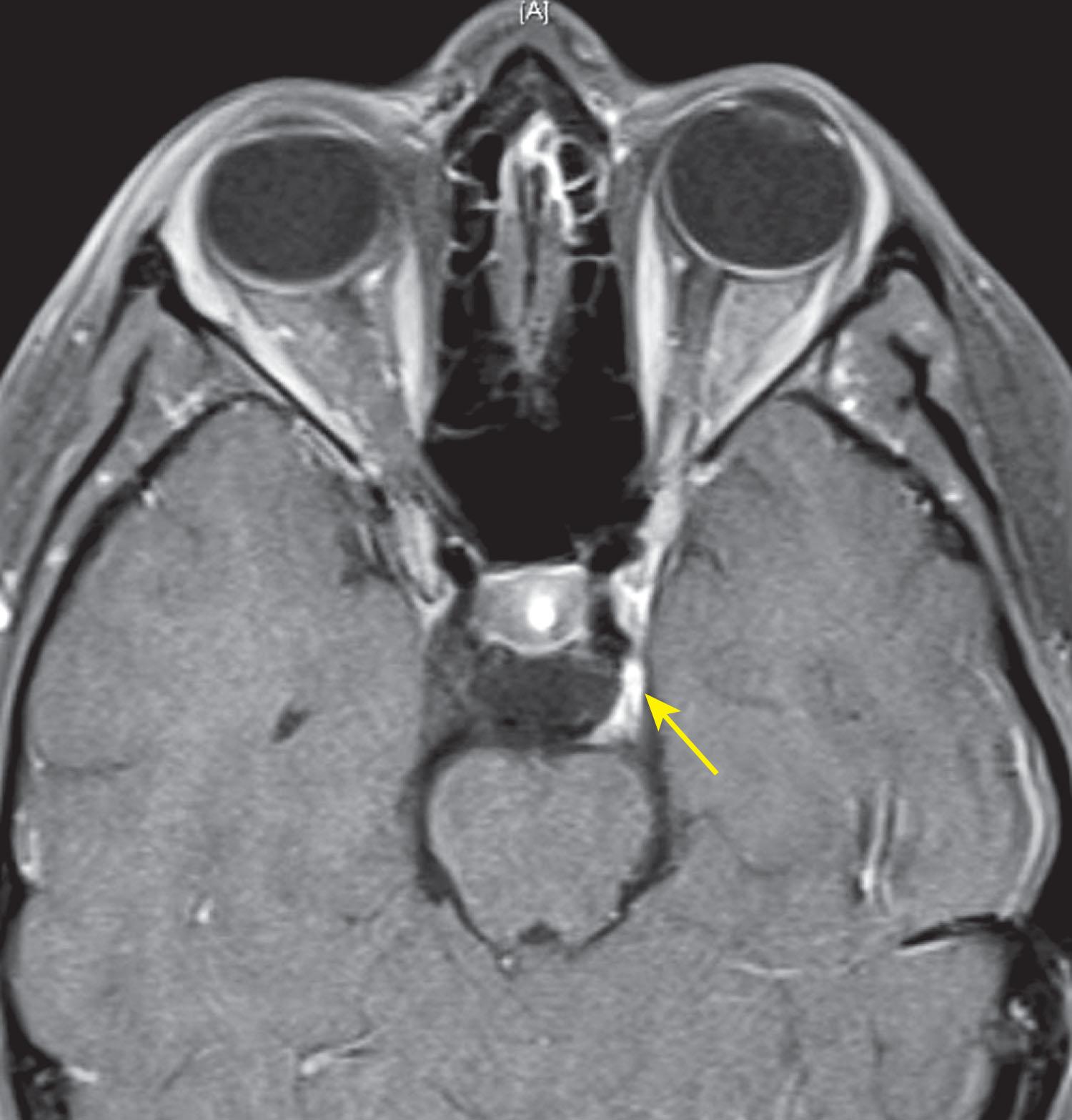Physical Address
304 North Cardinal St.
Dorchester Center, MA 02124
Childhood cranial nerve palsies represent one of the more difficult evaluation and management challenges in pediatric ophthalmology. Severity and acuity of pediatric cranial nerve palsies can range from those that simply can be observed, to those that could represent life-threatening emergencies. Determining onset of ocular motor nerve palsies and dividing them into congenital and acquired forms aids in determining etiologies for these disorders, and therefore directs the approach to and urgency of evaluation, treatment modalities employed, and subsequent outcomes – not only for ocular alignment, but for morbidity and mortality. A multidisciplinary approach may be necessary in the evaluation and management of these children, dependent upon the acuity of the underlying causative disorder and its treatment. All children with ocular motor nerve palsies in the amblyogenic age range should be monitored for the development of amblyopia, with treatment initiated when necessary (see Chapter 74 ).
When examining a child with ocular misalignment, determination of the presence of a cranial nerve palsy may be difficult with a non-cooperative child. Observing the ductions and versions of a young child in the office may reveal a gross limitation of ocular motility in a certain direction in complete cranial nerve palsies. However, partial nerve palsies leading to strabismus may be discovered by closely observing saccadic velocities, with a slowed, or “floating” saccade, suggestive of paresis of the muscle. Restrictive etiologies are possible causes for incomitant strabismus, and this should be accounted for when taking a history and examining the child. Forced duction and force generation tests may be performed in the office on adults but are impossible on most children. Restriction to forced duction testing may only be revealed in a sedated child in the operating room. The surgeon should be ready to alter their plan based upon forced duction testing should paralytic strabismus be in question, keeping in mind the possibility of antagonist contracture following longstanding paresis.
The combined annual population-based incidence of all ocular motor nerve palsies is 7.6 per 100,000, with fourth nerve palsies being the most common, followed by sixth, and third nerve palsies. In this population-based incidence study, the most common etiology for fourth and third nerve palsies was congenital, while indeterminate origins were most common for sixth nerve palsies. In an analysis of acquired cases seen at a tertiary referral center, the most common etiology was trauma. Among cases presenting to tertiary referral centers, third nerve palsies are most frequently congenital or traumatic, fourth nerve palsies are most frequently congenital, and sixth nerve palsies are often associated with underlying neoplasms ( Table 85.1 ). In an Asian population-based study, children with any new onset acquired cranial nerve palsy were found to have underlying neoplasms as the cause in 23% of patients.
| Congenital | Trauma | Neoplastic | Inflammatory or infectious | Craniofacial anomalies | Vascular | Idiopathic | Elevated intracranial pressure | Other | |
|---|---|---|---|---|---|---|---|---|---|
| Third nerve palsy | 34% | 31% | 13% | 8% | X | 11% | 2% | X | X |
| Fourth nerve palsy | 61% | 5% | 3% | 1% | 13% | X | 15% | X | X |
| Sixth nerve palsy | 11% | 12% | 45% | 7% | X | X | 5% | 15% | 5% |
Isolated oculomotor nerve palsies noted at birth are presumed to be the result of a prenatal or perinatal insult ( Figs. 85.1 and 85.2 ). High-resolution magnetic resonance imaging (MRI) may reveal a hypoplastic third nerve. Congenital third nerve palsies have been reported in association with PHACE syndrome, neurofibromatosis type II, neuroenteric cyst, agenesis of the internal carotid artery, and septo-optic dysplasia. Many patients with a congenital third nerve palsy will exhibit aberrant regeneration, leading to complex motility dysfunction. All oculomotor palsies should undergo neuroimaging, particularly patients who have other neurologic deficits as these children are likely to have more abnormalities of neuroanatomy. Neuroimaging of patients with bilateral third nerve palsies may reveal abnormal development of the third nerve nuclei, fourth nerve nuclei, and fibrosis of the extraocular muscles as part of the congenital cranial dysinnervation disorders (see Chapter 84 ).


Patients with congenital third nerve palsies are likely to have visual impairment as a result of associated amblyogenic risk factors, including anisometropia from accommodation deficit in a hypermetropic eye, strabismus, and ptosis. Treatment of the ptosis and strabismus may improve cosmesis, but restoration of binocular function is uncommon even after surgical and medical treatment. Amblyopia treatment may be necessary, not only to attempt to improve vision in the amblyopic eye, but also to maintain visual acuity.
Approaching the child with a third nerve palsy starts with a good history and examination. A history of trauma or infection makes the diagnosis obvious, and many of these patients will come to see the ophthalmologist after undergoing neuroimaging. A history of remission and recurrence or headache also helps to direct the evaluation. However, any child with a new-onset oculomotor nerve palsy should undergo neuroimaging.
The most common cause of an acquired third nerve palsy in childhood is trauma. Since CNIII is structurally a bulky, substantial nerve, the causal injury is often severe and associated with loss of consciousness. In closed head injuries, the entire length of the nerve, from nucleus to orbit, may be susceptible to injury. Shearing forces, skull fractures, brainstem herniation, and orbital fractures can all cause damage to the oculomotor nerve. Recovery of function, but altered by aberrant regeneration, may be seen following the initial injury, particularly in complete third nerve palsies. Tumors are the second most common cause of an acquired oculomotor nerve palsy. Neoplasms of any type may cause third nerve palsies by compression at any point in the course of the third nerve. A nuclear third nerve lesion will have bilateral ocular findings and often other neurological symptoms, helping to localize the lesion. The presence of a slow-growing tumor such as a schwannoma or meningioma should be suspected if primary progressive signs of third nerve palsy are noted with evidence of aberrant regeneration. Third nerve palsies may be seen in patients with meningitis caused by any organism. Direct inflammation and infection of the oculomotor nerve may lead to its injury, or it can be affected by cavernous sinus thrombosis. Post-infectious or post-viral third nerve palsies usually resolve completely, without recurrence, and are associated with normal neuroimaging. Aneurysms, in contrast to adults, are a rare cause of third nerve palsy in children and often present with subarachnoid hemorrhage. Aneurysms should be suspected in certain at-risk populations who present with acquired third nerve palsies (Ehlers–Danlos, polycystic kidney disease, coarctation of the aorta, tuberous sclerosis, and prior trauma). For a patient with a painful third nerve palsy, angiography should be performed to rule out the possibility of an aneurysm. Vascular malformations can also lead to a third nerve palsy ( Fig. 85.3 ). An interesting cause of third nerve palsy is recurrent painful ophthalmoplegic neuropathy (formerly called ophthalmoplegic migraine). Diagnosis is based upon fulfilling the criteria from the International Headache Committee of at least two attacks of unilateral headache accompanied by ipsilateral paresis of at least one ocular motor nerve, with absence of a causative lesion, and not consistent with another headache syndrome. Enhancement of the third nerve may be present on MRI ( Fig. 85.4 ). Resolution of the palsy may help to distinguish this entity from a schwannoma involving the oculomotor nerve, although schwannomas have been reported to mimic recurrent painful ophthalmoplegic neuropathy. Treatment with steroids may be of some benefit. However, with recurrent attacks, a permanent deficit may develop.


Become a Clinical Tree membership for Full access and enjoy Unlimited articles
If you are a member. Log in here